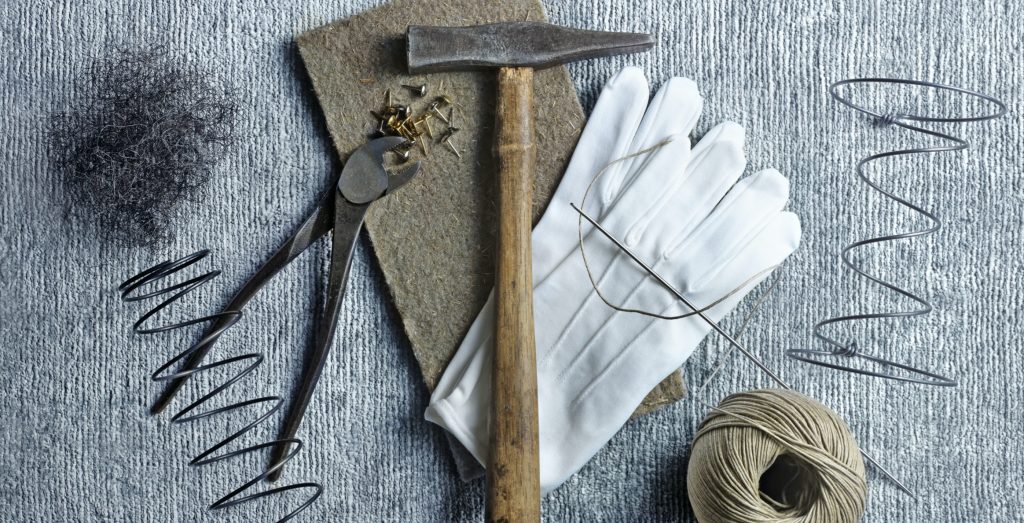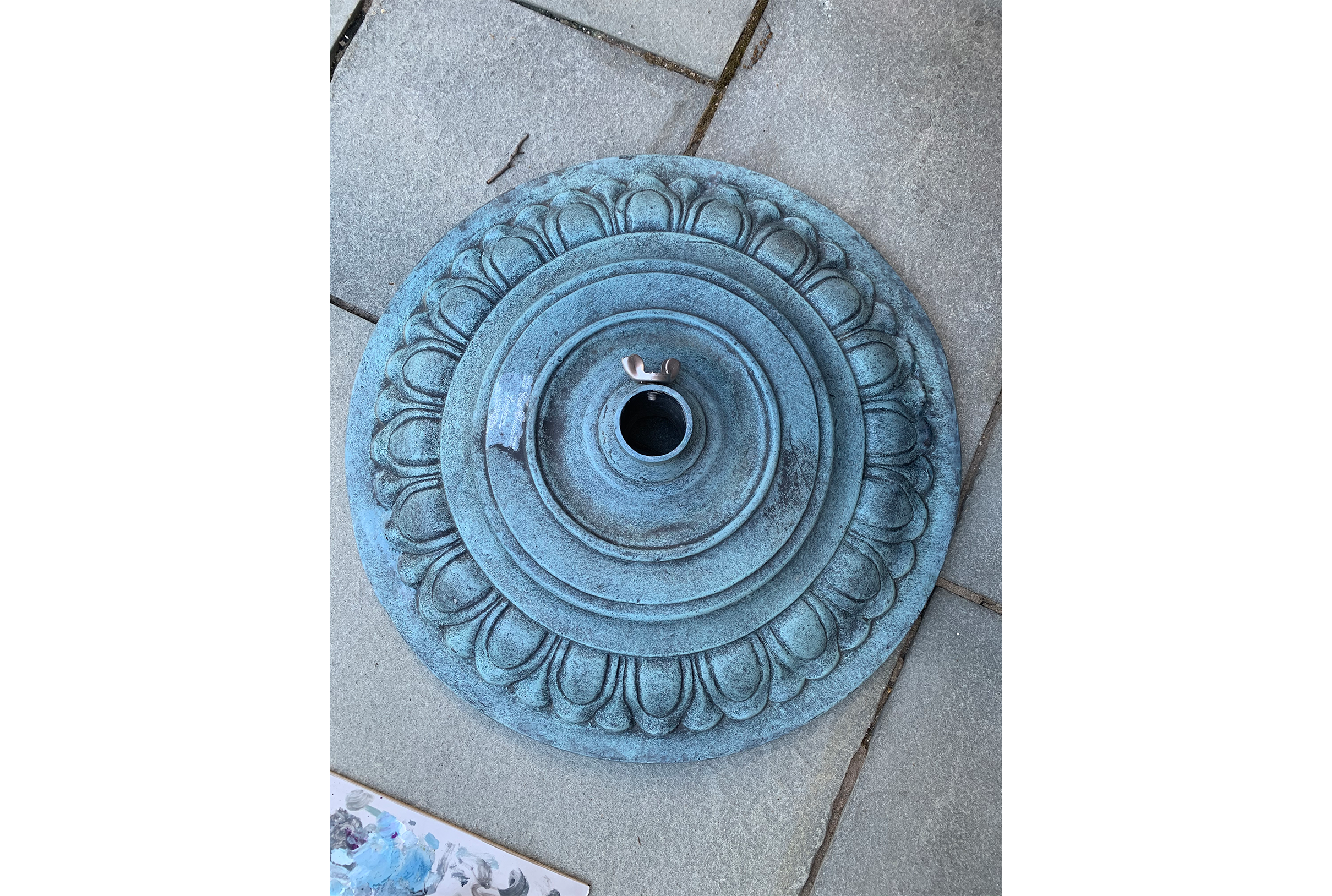Tip #1: Cheaper isn’t always better
Many take a DIY approach because it’s cheaper — or they invest in those who offer the cheapest quote. Although it’s important to set a budget and stick to it, you need to be mindful of the quality of work. For example, if you plan to reupholster a sofa and keep it for another fifty years, a small difference in savings is not worth a poorly finished job.
Tip #2: Understand that not all furniture fabrics are equal
When it comes to the quality of furniture fabrics, as well as how they behave, not all are created equal. For example, canvas behaves much differently than leather, so each variable needs to be considered in terms of the piece’s overall look and longevity — especially when considering how the new fabric is applied. We often see people upholster fabric on top of pre-existing fabric (inserting a layer of cotton between). Although this can look great at first, it’s not functional across time and bunching may occur.
Tip #3: Know that reupholstering can take more time than anticipated
While reupholstering seems as though it’s a straightforward process, it requires time and skill. For example, don’t be surprised if one chair takes 3-4 hours after the fabric is removed. In some cases, this timeframe may be even longer — especially if there are a lot of corners.
Tip #4: Do your research
Before you begin, make sure you have everything you need and that you are confident in regards to the required techniques. For example, does your pattern call for pleats? Perhaps you are in need of a box-pleated skirt? In most cases, you’ll also require specialized tools. If you do decide to invest in professional reupholstery services, it’s important that you research the company as well, particularly in terms of their reputation and capabilities.
Tip #5: If in doubt, call furniture restoration professionals
If you have any doubt in terms of what to do, how to do it, or even what fabric to use, it’s best that you call a professional furniture restoration company. The last thing we suggest is attempting a DIY furniture upholstery project when you do not have the right tools or skills. While you may save money at first, if damage occurs in the process, you may pay a lot more in the long-term to restore that issue in addition to a reupholstering service. Professional reupholstery in Newton, MA is just one phone call away. If you require the type of specialized skills that will ensure quality work, we’re here to help. Owned and operated by the Trefler family since 1921, we continue to be one of the largest and oldest restoration companies in the United States. We’re in the “fine art of restoring your favorite things” — so be sure to contact us today with any questions, we’re here to help!







